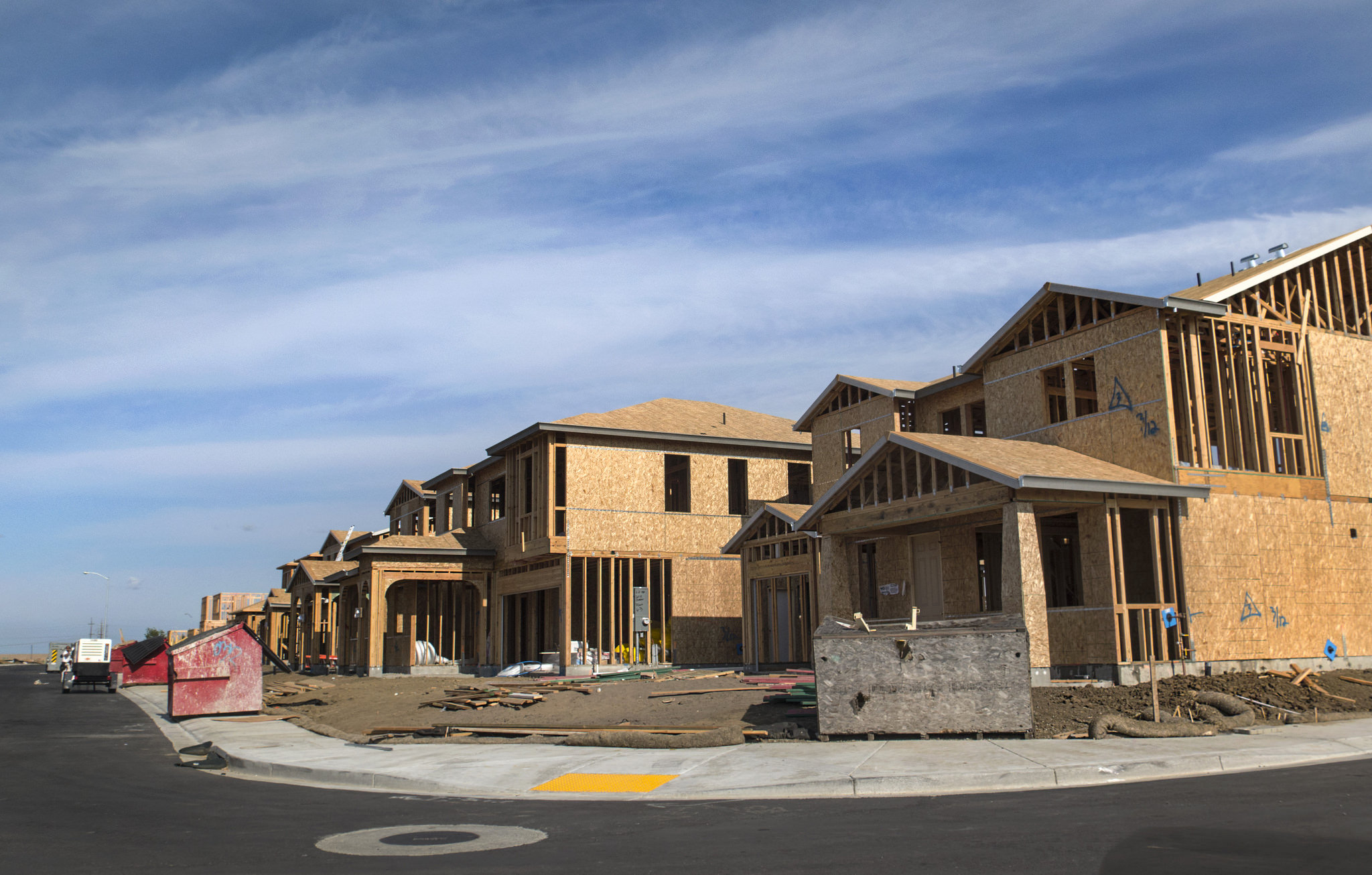Economists from Associated Builders and Contractors (ABC), American Institute of Architects (AIA), and National Association of Home Builders (NAHB) predicted continued construction industry growth in 2016 during a joint economic forecast web conference Tuesday.
“The nonresidential construction sector gained momentum over the last year and should continue to expand into 2016,” ABC Chief Economist Anirban Basu said. “The construction industry has benefited from increased stability stemming from low materials prices and greater certainty regarding federal budgeting and monetary policy, although a lack of appropriately skilled labor will remain a challenge for contractors. ABC predicts the nonresidential construction segment will experience 7% nominal growth in 2016.”
“Led by tremendous demand for energy-efficient spaces, spending on home improvements is on track to reach an all-time high by year’s end,” AIA Chief Economist, Kermit Baker, Hon. AIA, PhD, said. “The office and retail sectors are expected to lead the commercial real estate market in 2016 with near double-digit increases in construction spending expected.”
“We expect the residential construction sector to continue its gradual recovery as we head into 2016,” NAHB Chief Economist David Crowe said. “Steady employment and economic growth, along with attractive mortgage rates and home prices will keep the sector on an upward trajectory as we go forward, however persistent headwinds including labor and lot shortages will continue to hinder a more robust recovery.”
Each economist discussed leading, present and future indicators for sector performance, including ABC’s Construction Backlog Indicator (CBI) and Construction Confidence Index (CCI), AIA’s Architecture Billings Index (ABI) and Consensus Construction Forecast and the NAHB/Wells Fargo Housing Market Index (HMI).
An archived version of today’s web conference is available here.
Related Stories
| Nov 2, 2010
Cypress Siding Helps Nature Center Look its Part
The Trinity River Audubon Center, which sits within a 6,000-acre forest just outside Dallas, utilizes sustainable materials that help the $12.5 million nature center fit its wooded setting and put it on a path to earning LEED Gold.
| Nov 2, 2010
A Look Back at the Navy’s First LEED Gold
Building Design+Construction takes a retrospective tour of a pace-setting LEED project.
| Nov 2, 2010
Wind Power, Windy City-style
Building-integrated wind turbines lend a futuristic look to a parking structure in Chicago’s trendy River North neighborhood. Only time will tell how much power the wind devices will generate.
| Nov 2, 2010
Energy Analysis No Longer a Luxury
Back in the halcyon days of 2006, energy analysis of building design and performance was a luxury. Sure, many forward-thinking AEC firms ran their designs through services such as Autodesk’s Green Building Studio and IES’s Virtual Environment, and some facility managers used Honeywell’s Energy Manager and other monitoring software. Today, however, knowing exactly how much energy your building will produce and use is survival of the fittest as energy costs and green design requirements demand precision.
| Nov 2, 2010
Yudelson: ‘If It Doesn’t Perform, It Can’t Be Green’
Jerry Yudelson, prolific author and veteran green building expert, challenges Building Teams to think big when it comes to controlling energy use and reducing carbon emissions in buildings.
| Nov 2, 2010
Historic changes to commercial building energy codes drive energy efficiency, emissions reductions
Revisions to the commercial section of the 2012 International Energy Conservation Code (IECC) represent the largest single-step efficiency increase in the history of the national, model energy. The changes mean that new and renovated buildings constructed in jurisdictions that follow the 2012 IECC will use 30% less energy than those built to current standards.
| Nov 1, 2010
Sustainable, mixed-income housing to revitalize community
The $41 million Arlington Grove mixed-use development in St. Louis is viewed as a major step in revitalizing the community. Developed by McCormack Baron Salazar with KAI Design & Build (architect, MEP, GC), the project will add 112 new and renovated mixed-income rental units (market rate, low-income, and public housing) totaling 162,000 sf, plus 5,000 sf of commercial/retail space.
| Nov 1, 2010
John Pearce: First thing I tell designers: Do your homework!
John Pearce, FAIA, University Architect at Duke University, Durham, N.C., tells BD+C’s Robert Cassidy about the school’s construction plans and sustainability efforts, how to land work at Duke, and why he’s proceeding with caution when it comes to BIM.
| Nov 1, 2010
Vancouver’s former Olympic Village shoots for Gold
The first tenants of the Millennium Water development in Vancouver, B.C., were Olympic athletes competing in the 2010 Winter Games. Now the former Olympic Village, located on a 17-acre brownfield site, is being transformed into a residential neighborhood targeting LEED ND Gold. The buildings are expected to consume 30-70% less energy than comparable structures.















